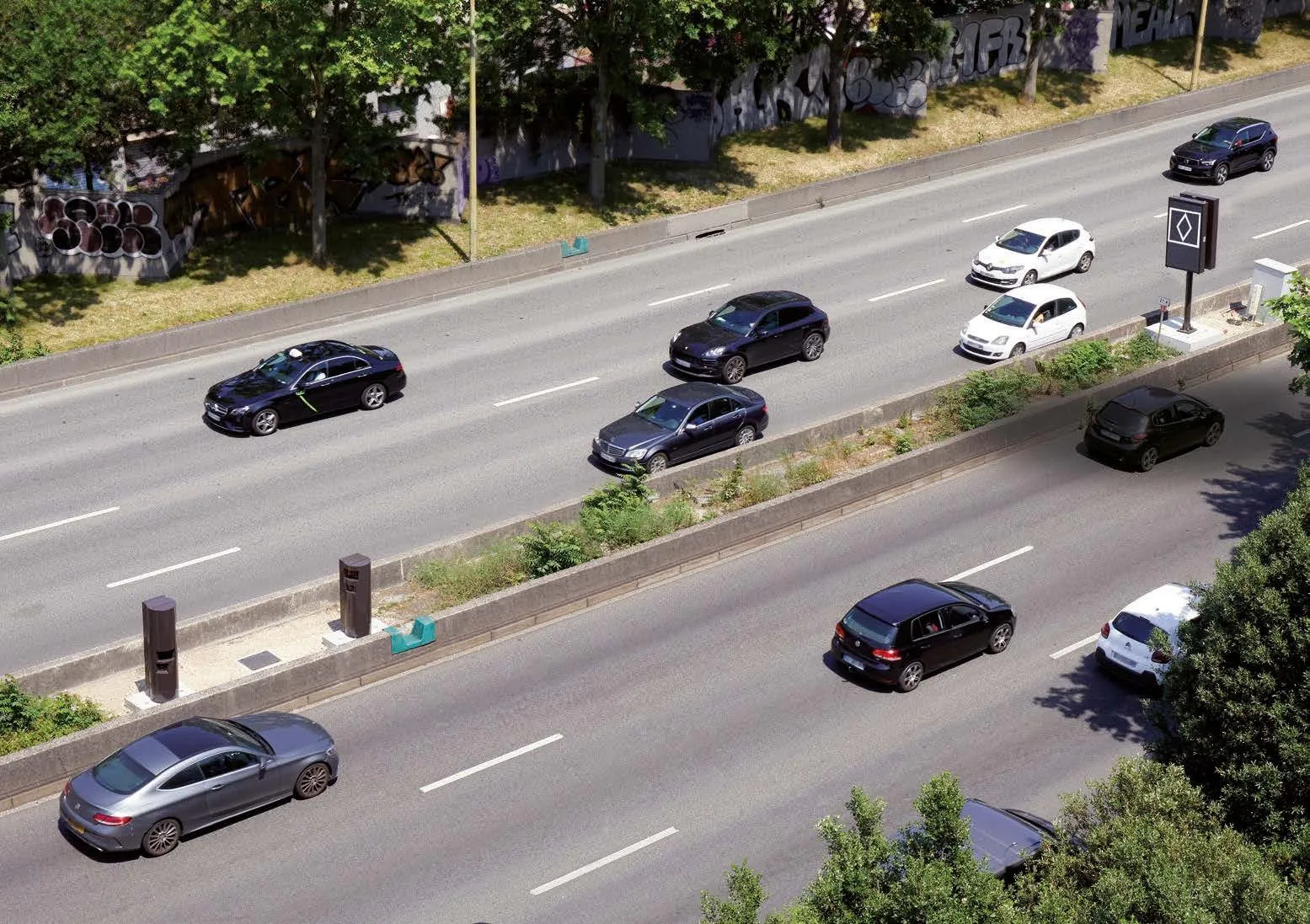The Contra Costa Transportation Authority in California, US, has awarded a contract to WSP/Parsons Brinckerhoff for construction management services for the completion of the I-680 HOV (high-occupancy vehicle) Express Lanes project.
The Authority, in cooperation with the California Department of Transportation, Metropolitan Transportation Commission, and the Federal Highway Administration, seeks to improve traffic operations and relieve congestion with the construction of HOV express lanes on southbound
October 28, 2016
Read time: 2 mins
The Contra Costa Transportation Authority in California, US, has awarded a contract to 8556 WSP | Parsons Brinckerhoff for construction management services for the completion of the I-680 HOV (high-occupancy vehicle) Express Lanes project.
The Authority, in cooperation with the California Department of Transportation, Metropolitan Transportation Commission, and the Federal Highway Administration, seeks to improve traffic operations and relieve congestion with the construction of HOV express lanes on southbound I-680 between Treat Boulevard and Rudgear Road. The existing southbound I-680 HOV lane will be converted to an express lane from Marina Vista to Treat Boulevard and operational improvements will be made to the southbound I-680 express lane between Rudgear Road and El Cerro Boulevard.
As construction manager, WSP/Parsons Brinckerhoff is responsible for a range of services including constructability review, bid management, survey and staking, inspection, schedule analysis, permit monitoring and reporting, quality assurance, material testing, submittal review, and claim and conflict resolution.
The project is scheduled to be completed in June 2020.
The Authority, in cooperation with the California Department of Transportation, Metropolitan Transportation Commission, and the Federal Highway Administration, seeks to improve traffic operations and relieve congestion with the construction of HOV express lanes on southbound I-680 between Treat Boulevard and Rudgear Road. The existing southbound I-680 HOV lane will be converted to an express lane from Marina Vista to Treat Boulevard and operational improvements will be made to the southbound I-680 express lane between Rudgear Road and El Cerro Boulevard.
As construction manager, WSP/Parsons Brinckerhoff is responsible for a range of services including constructability review, bid management, survey and staking, inspection, schedule analysis, permit monitoring and reporting, quality assurance, material testing, submittal review, and claim and conflict resolution.
The project is scheduled to be completed in June 2020.










